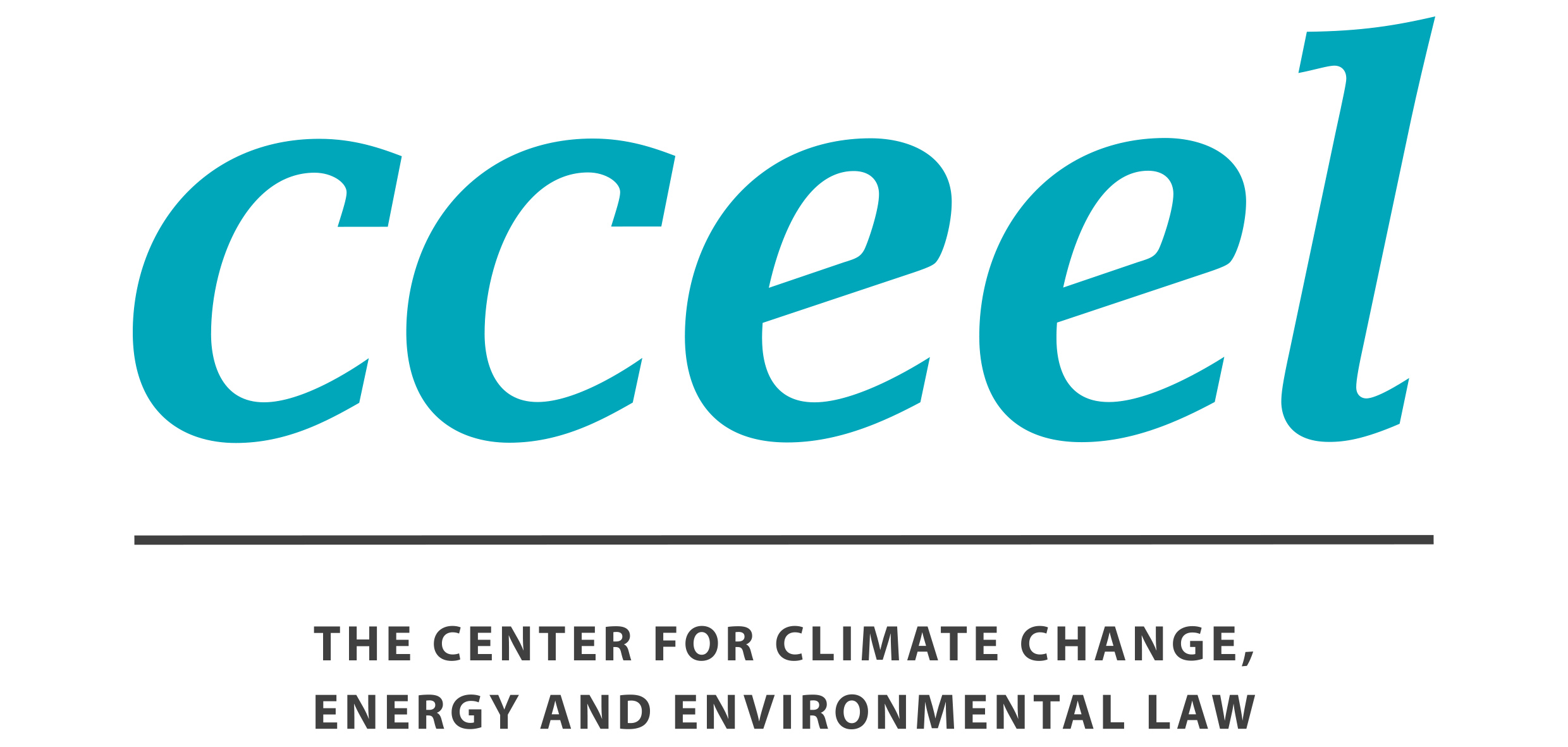Saving the world’s forests: What’s (international) law got to do with it?

Eugenia Recio.
Photo by Vista Wei on Unsplash.
Natural forests, particularly in tropical regions, are essential for life. They are pools of biodiversity, contribute to combating climate change by storing carbon, and sustain the livelihoods of many indigenous and local communities across the world.
In the past weeks, however, worrying images of record-breaking fires destroying forests in the Amazon, Asia, the Arctic, Africa and other parts of the world have underlined that the world’s forests are still at major risk. These events are a blow to international efforts to counteract critical biodiversity loss and climate change, and raise vexed questions about the role of international law in addressing global forest loss.
To date, international law has been of limited use in terms of protecting the world’s forests. Heavily forested countries, including Brazil, have seen proposals to adopt a global treaty on forests as a threat to their national sovereignty and to their ability to take advantage of their forests for their economic development. While the role of states is changing with globalization and global environmental problems, sovereignty remains the cornerstone of international law and significantly limits the ability of other countries to intervene in countries’ decisions affecting the status of their natural resources. Indeed, the recognition by the UN of countries’ permanent sovereignty over natural resources in 1962 was a major achievement for developing countries in the context of decolonization. However, this principle has always had a tense relationship with international environmental law and the need to safeguard the planet and its natural resources for present and future generations.
As such, the need to take urgent action to halt deforestation has been recognized by the international community at various instances. In 2017, the UN Strategic Plan for Forests 2017-2030 (UNSPF) called for reversing the loss of forest cover and increasing forest areas by 3% worldwide by 2030. Under the Sustainable Development Goals, a global target on halting deforestation by 2020 was adopted. In 2014, governments along with major companies such as Unilever and Nestle and other organizations adopted the New York Declaration on Forests, aimed at halving the loss of natural forests by 2020, and ending it by 2030. However, by 2017, the average annual rate of natural forest loss was 42% higher than in the previous decade. Signatory companies and states are clearly failing to meet their undertakings.
Overall, several instruments have been adopted at the margins of formal international law. The Forest Instrument, for example, is a non-legally binding instrument that has helped countries adopt national forest programmes.
The most detailed international rules on forest protection have been adopted under the UN climate regime. Notably, under the 2015 Paris Agreement, some countries have promised to reduce deforestation in their Nationally Determined Contributions (NDCs). However, there is no obvious legal remedy that could be used to ensure that countries implement their pledges.
In addition, a high-profile scheme known as REDD+, has been created under the UN climate regime with the objective of reducing deforestation and protecting the carbon stored in natural forests in developing countries. REDD+ has led to new financing initiatives substantially increasing the funding available for forest protection. Yet REDD+ implementation is completely voluntary. Furthermore, REDD+ rules favour results-based payments, meaning that countries first need to act on REDD+ before being compensated based on emission reductions. In other words, REDD+ countries do not take on obligations to reduce forest emissions or to maintain the results achieved in forest protection.
Home to the Amazon rainforest, Brazil was the regional champion in curbing deforestation between 2004 and 2012. Due to REDD+, the country has received more than US$ 1.2 billion from Norway and more than US$ 68 million from Germany in the Brazilian Amazon Fund since 2008. The Green Climate Fund, created under the UN climate regime, further approved a compensation of US$ 18.8 million for Brazil’s achievements in forest protection and emission reductions in 2014/2015.
However, the recent turn in environmental politics in Brazil following last year’s presidential election has put at stake the Amazon Fund and the funding available for protecting the Amazon rainforest. Together with Brazil’s new policies to promote rural expansion, this has resulted in a significant increase in human-induced forest fires and deforestation. It has been estimated that fires in the Amazonia have increased by 82% compared to the same period in 2018. As a result, bilateral REDD+ donors have decided to freeze their funding to Brazil.
More recently, seven Amazonian countries, including Brazil, gathered to discuss the critical situation in the Amazon. They adopted the Leticia Agreement, including stipulations to cooperate jointly in addressing disasters. But the new agreement seems to be far from a solution to the fires because it contains only principles instead of prescribing specific actions. It is therefore difficult to expect that the Leticia Agreement will be more successful than the failed Amazonian Cooperation Treaty Organization (OTCA) adopted in 1978. The Agreement seems to rather respond to the international pressure to address the fires by reaffirming, twice, the sovereign rights of Amazon countries over their natural resources and territories.
These developments call into question the effectiveness of international non-legally binding instruments in addressing deforestation. Furthermore, they raise the question whether international financial support, such as through REDD+, to protect forests should involve obligations to maintain the results achieved.
The recent developments also raise questions about the role of international law in other ways. Some areas of international law, such as trade law, promote extensive agriculture and cattle ranching, which are the main drivers of developing countries’ deforestation. In other words, trade agreements tend to legitimize and support the very same activities that cause deforestation in the first place and that environmental soft law instruments seek to curtail. At the same time, in the case of Brazil, international trade agreements could also offer a vehicle to support forest protection.
Notably, a free trade agreement was recently signed between the EU and MERCOSUR – which includes Paraguay, Argentina, Uruguay and Brazil – after 20 years of negotiations. The EU-MERCOSUR Trade Agreement includes an environmental chapter and has been identified by many as potential weapon in the fight to save the Amazon. The Agreement requires Parties to respect the Paris Agreement where Brazil has pledged to ‘zero illegal deforestation by 2030’ in the Brazilian Amazon, and restore ‘12 million hectares of forests by 2030’ and ‘enhanc[e] sustainable native forest management systems [to curb] illegal and unsustainable practices’. As the EU-MERCOSUR Trade Agreement is yet to enter into force, some EU Member States are using it to generate political pressure, threatening to block the agreement’s ratification or ban imports of agricultural products, such as soy, from Brazil to reduce incentives for the clearing of the Amazon forest.
In practice, whether and to what extent this and other environmental provisions in the EU-MERCOSUR Trade Agreement will provide an adequately strong legal or political weapon for the EU to force MERCOSUR countries to comply with their NDCs under the Paris Agreement, remains to be seen. What is clear, however, is the urgent need to further integrate the objective of forest protection into other areas of international law.
While environmental objectives should not be used as a colonialist pretext to intervene in developing countries’ internal affairs, the depth of the current environmental crisis should lead to profound questions being asked concerning the fundamental premises of international law.
For example, lawyers and policymakers should rethink the concept of liability of states and companies that take domestic actions with important global consequences. The law should also be used by policymakers to help transform the conditions in which commodities are traded and the way in which cooperative schemes, such as REDD+, are implemented. Sustainable land management practices and more sustainable consumption patterns can also be further supported by legal norms, including by facilitating changes in dietary choices, as recommended by the Intergovernmental Panel on Climate Change in its recent report on climate change and land.
In other words, these developments are an urgent wake-up call for lawyers and policymakers in different fields to see the forest through the trees. Law should be put at the service of accelerating the transition to a new reality in which the business of protecting forests is economically, politically and socially promoted.
